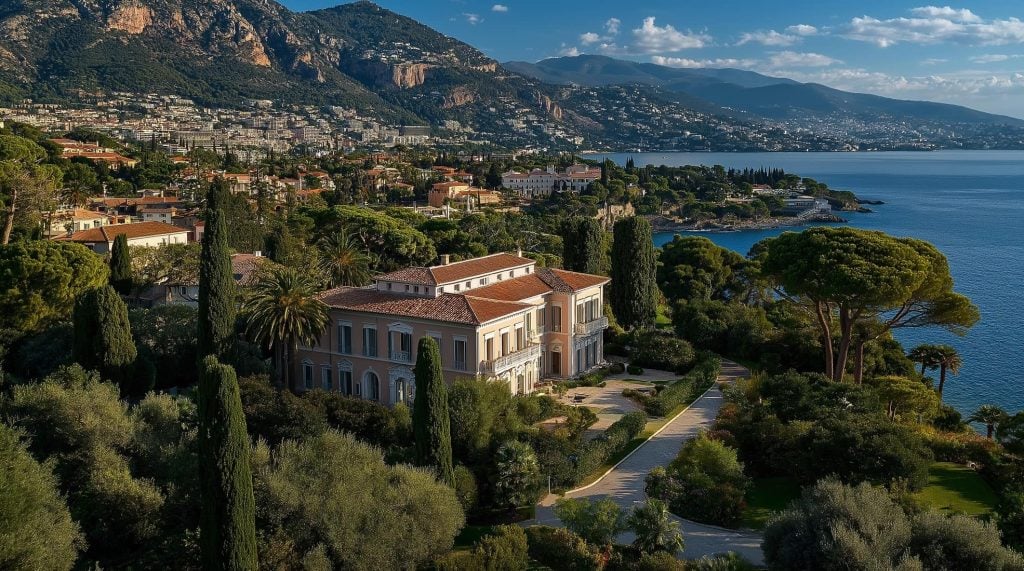










July 29, 2025
Toronto Ejendomsmarked 2025: Boom eller Bust? Indblik i de Overraskende Tendenser, der Former Torontos Marked

July 29, 2025
Kuala Lumpur’s Flat Rental Frenzy: Soaring Rents, Hotspots, and Survival Tips for 2025


July 29, 2025
Toronto Ejendomsmarked 2025: Boom eller Bust? Indblik i de Overraskende Tendenser, der Former Torontos Marked

July 29, 2025
Toronto Ejendomsmarked 2025: Boom eller Bust? Indblik i de Overraskende Tendenser, der Former Torontos Marked

July 29, 2025
Toronto Ejendomsmarked 2025: Boom eller Bust? Indblik i de Overraskende Tendenser, der Former Torontos Marked

July 29, 2025
Toronto Ejendomsmarked 2025: Boom eller Bust? Indblik i de Overraskende Tendenser, der Former Torontos Marked

July 29, 2025
Toronto Ejendomsmarked 2025: Boom eller Bust? Indblik i de Overraskende Tendenser, der Former Torontos Marked

July 29, 2025
Toronto Ejendomsmarked 2025: Boom eller Bust? Indblik i de Overraskende Tendenser, der Former Torontos Marked

July 29, 2025
Toronto Ejendomsmarked 2025: Boom eller Bust? Indblik i de Overraskende Tendenser, der Former Torontos Marked

